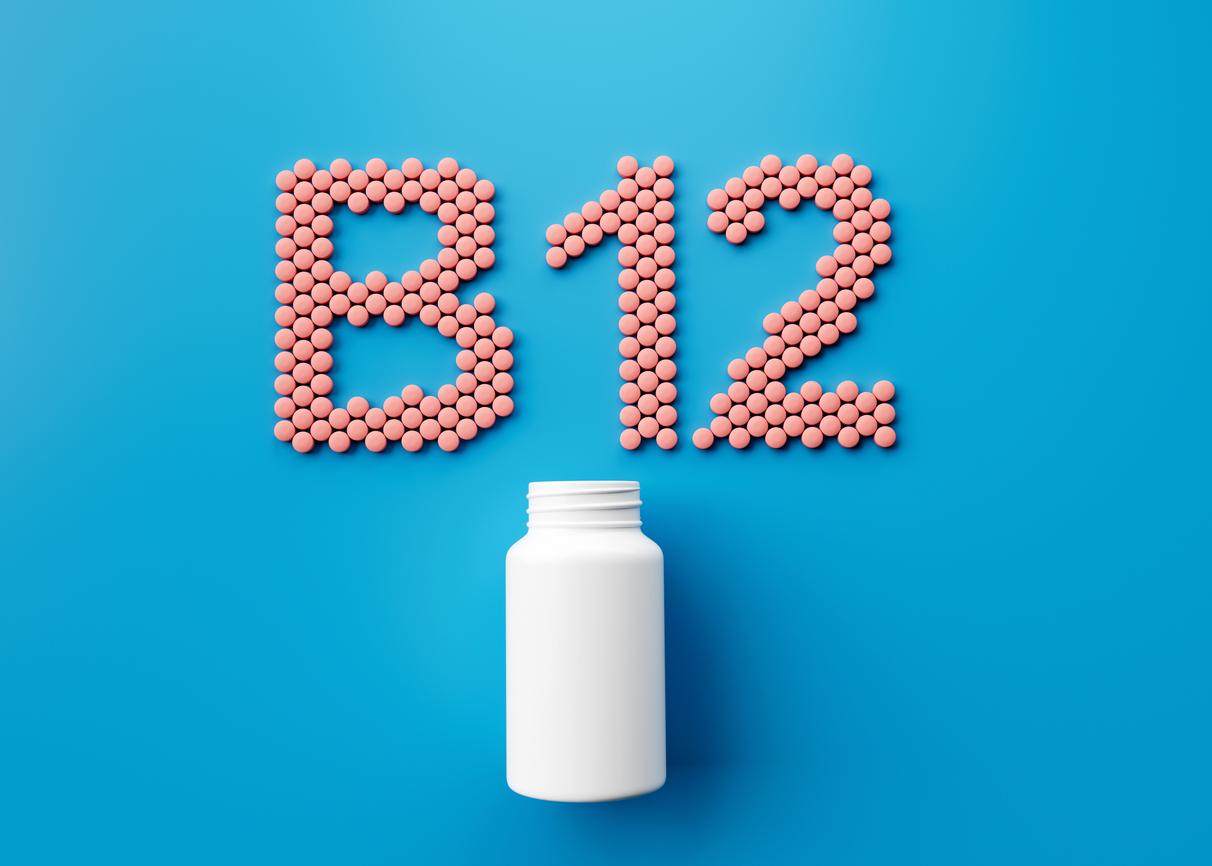Inserm researchers show that resilience to trauma is not only an innate trait, but also a capacity that the brain can develop.

- The Remember study, conducted after the attacks of November 13, 2015, explores the brain mechanisms linked to post-traumatic stress (PTSD) and resilience. Researchers observed the plasticity of memory control circuits in participants exposed to trauma.
- Those who have overcome PTSD show normalization of prefrontal neural networks, which regulate the hippocampus and limit intrusive memories.
- These results open up therapeutic perspectives, in particular via the stimulation of brain circuits, without reviving traumatic emotions.
Traumatic events, such as the attacks of November 13, 2015, often leave profound after-effects on the victims. Some develop post-traumatic stress disorder (PTSD), while others manage to demonstrate resilience in the face of ordeal. What, at the brain level, differentiates these trajectories? A recent study, carried out by French neuroscientists fromInsermsheds light on the brain mechanisms that underlie this resilience.
In search of resilience mechanisms
The Remember study, set up in the months following November 13, focused on 200 participants, including 120 exposed to the 2015 attacks. Divided into three groups (chronic PTSD, resolved PTSD, and non-exposed ), participants underwent brain imaging examinations in 2016-2017 and 2018-2019. A questionnaire completed in 2020-2021 made it possible to assess the evolution of symptoms.
The results, published in Science Advancesreveal that brain networks linked to memory control play a key role. In individuals who have overcome their PTSD, these networks gradually reconfigure to more effectively regulate intrusive memories. “These ‘control mechanisms’ of memory are reshaped over time and eventually become ‘normalized’, to resemble those of the ‘control’ people, specify the researchers. Concretely, this is reflected in brain imaging by a more effective action of the prefrontal regions to inhibit hippocampal activity and prevent access to intrusive memories.”
Promising brain plasticity
This plasticity of neural circuits results in a reduction in stress symptoms and an interruption of hippocampal atrophy. Conversely, in people still suffering from PTSD, these processes remain impaired. Yet even in these patients, early signs of brain reorganization predict future symptom reduction.

“Nothing is written in stone, according to scientists. Human resilience to trauma is characterized by the plasticity of memory control circuits, including those that regulate hippocampal activity and the resurgence of intrusive memories.” This observation opens up therapeutic perspectives: stimulating these memory control mechanisms without acting on the emotional system and therefore without making the patient relive traumatic emotions.
The research team also plans to explore the role of the GABA alpha 5 receptor, located in the hippocampus. This receptor could promote the forgetting of traumatic memories, offering a target for new therapeutic approaches.
















